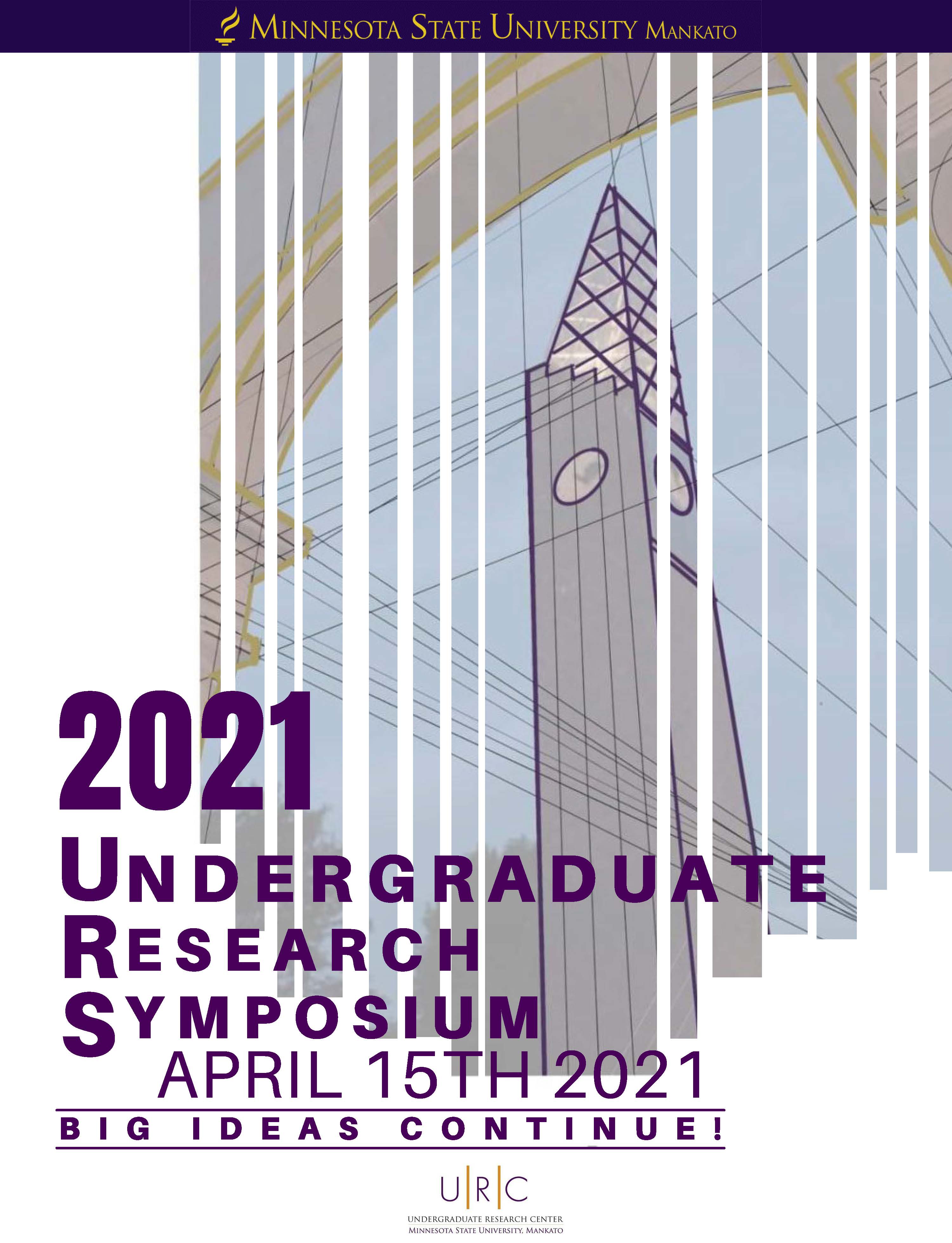Detecting Online Review Fraud Using Sentiment Analysis
Start Date
15-4-2021 3:45 PM
End Date
15-4-2021 4:00 PM
Student's Major
Computer Information Science
Student's College
Science, Engineering and Technology
Mentor's Name
Rajeev Bukralia
Mentor's Department
Computer Information Science
Mentor's College
Science, Engineering and Technology
Description
With the exponential increase of e-commerce markets, reviews on products have become a substantial advocate for a shop and product’s reputation. Consequently, fake reviews have become a way to ploy customers into trusting the credibility of a product. On account of this, fake reviews have been a topic of research for as long as e-commerce stores have had review sections. Nevertheless, there still has not been an efficient solution found to detecting these fake reviews. With this research we hope to gain insights to continue the development of detection techniques. To do this we have explored the accuracy of sentiment analysis on book review data through quantitative research. To complete this analysis, we have found the polarity score of each of the reviews and correlated it to the star rating of the review. Results from this research have found that the polarity score of the review is not an effective value to use when detecting fake reviews. This is due to the disconnect of the language used in the review to the rating given. This disconnect could be a cause of several factors, such as the limitations in ontology used in sentiment analysis and the review language not reflecting the overall sentiment of the rating given.
Detecting Online Review Fraud Using Sentiment Analysis
With the exponential increase of e-commerce markets, reviews on products have become a substantial advocate for a shop and product’s reputation. Consequently, fake reviews have become a way to ploy customers into trusting the credibility of a product. On account of this, fake reviews have been a topic of research for as long as e-commerce stores have had review sections. Nevertheless, there still has not been an efficient solution found to detecting these fake reviews. With this research we hope to gain insights to continue the development of detection techniques. To do this we have explored the accuracy of sentiment analysis on book review data through quantitative research. To complete this analysis, we have found the polarity score of each of the reviews and correlated it to the star rating of the review. Results from this research have found that the polarity score of the review is not an effective value to use when detecting fake reviews. This is due to the disconnect of the language used in the review to the rating given. This disconnect could be a cause of several factors, such as the limitations in ontology used in sentiment analysis and the review language not reflecting the overall sentiment of the rating given.



